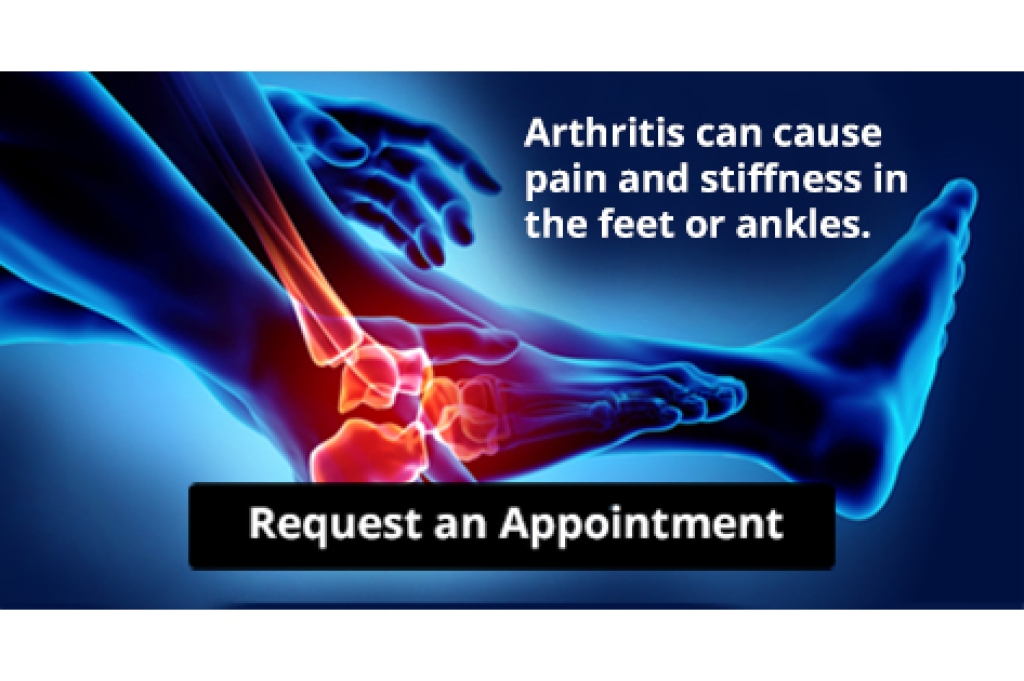Blog
All About Gout and Your Feet
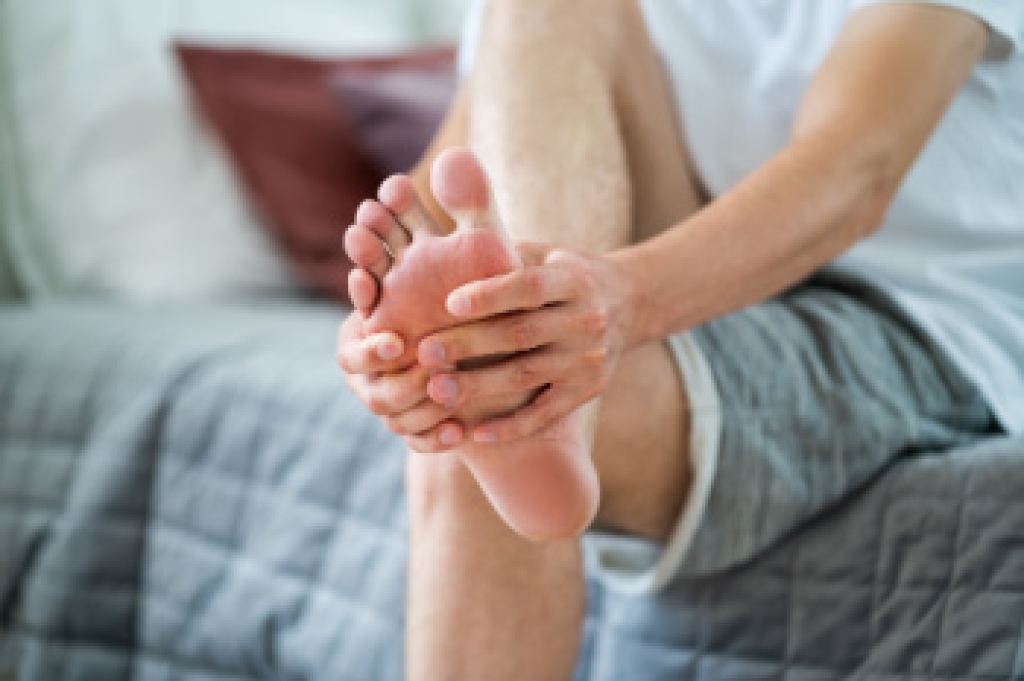
Gout is a painful type of arthritis that often affects the big toe, but can also impact other joints in the feet and ankles. It is more likely to occur in men over 40, postmenopausal women, and individuals with a diet high in red meat, seafood, or alcohol. Gout develops when uric acid builds up in the blood and forms sharp crystals in the joints. These crystals cause sudden episodes of severe pain, redness, swelling, and warmth, often waking people at night. The affected area may appear shiny, inflamed, and extremely tender to the touch. A podiatrist can help diagnose gout through physical examination, imaging, and laboratory testing to measure uric acid levels. Treatment may include medication to reduce inflammation and pain, dietary changes, and long-term management to prevent future flare-ups. If you experience symptoms of gout, it is suggested that you make an appointment with a podiatrist to receive proper care and relief.
Gout is a foot condition that requires certain treatment and care. If you are seeking treatment, contact one of our podiatrists from Family Foot Health Center. Our doctors will treat your foot and ankle needs.
What Is Gout?
Gout is a type of arthritis caused by a buildup of uric acid in the bloodstream. It often develops in the foot, especially the big toe area, although it can manifest in other parts of the body as well. Gout can make walking and standing very painful and is especially common in diabetics and the obese.
People typically get gout because of a poor diet. Genetic predisposition is also a factor. The children of parents who have had gout frequently have a chance of developing it themselves.
Gout can easily be identified by redness and inflammation of the big toe and the surrounding areas of the foot. Other symptoms include extreme fatigue, joint pain, and running high fevers. Sometimes corticosteroid drugs can be prescribed to treat gout, but the best way to combat this disease is to get more exercise and eat a better diet.
If you have any questions, please feel free to contact our office located in Rogers and Berryville, AR . We offer the newest diagnostic and treatment technologies for all your foot care needs.
Podiatric Treatment for Ingrown Toenails
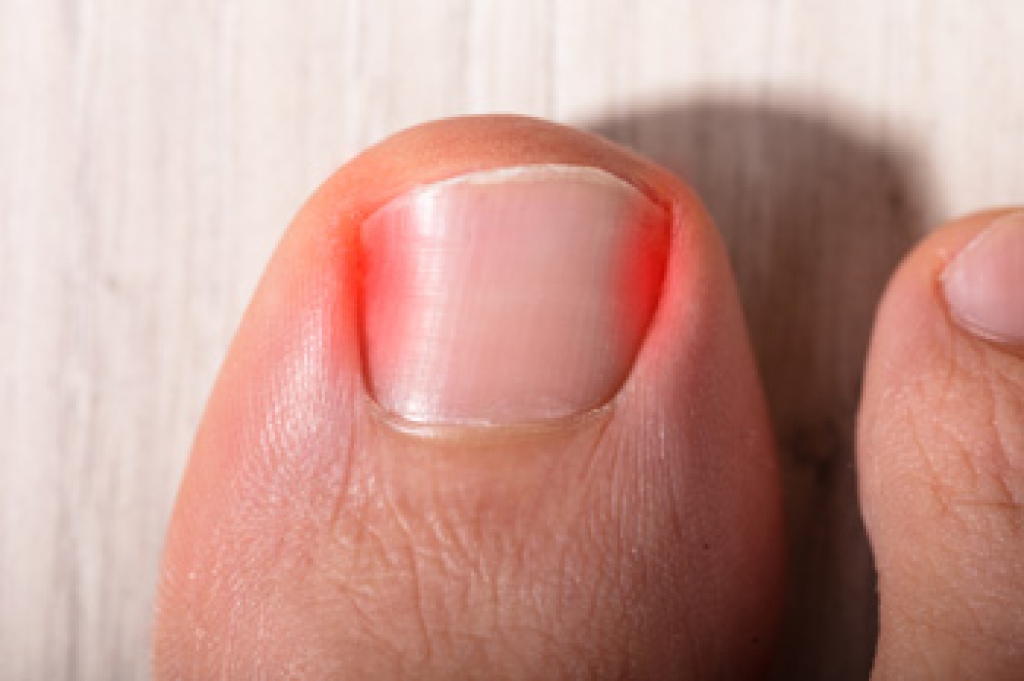
Ingrown toenails occur when the edge of the nail grows into the surrounding skin, causing pain, redness, and swelling. If left untreated, the area can become infected and make walking uncomfortable. Podiatrists are specially trained to manage this condition safely and effectively. Treatment depends on the severity of the problem. In mild cases, the nail edge may be gently lifted and trimmed to relieve pressure. For more advanced or recurring cases, a minor in-office procedure may be performed to remove a small part of the nail or the underlying nail root to prevent regrowth in that area. Proper cleaning, antibiotic care, and protective bandaging help the toe heal quickly. A podiatrist also provides guidance on trimming techniques and footwear to reduce future problems. If you have a painful ingrown toenail, it is suggested that you seek prompt professional care from a podiatrist who can help restore comfort and prevent further complications.
Ingrown toenails may initially present themselves as a minor discomfort, but they may progress into an infection in the skin without proper treatment. For more information about ingrown toenails, contact one of our podiatrists of Family Foot Health Center. Our doctors can provide the care you need to keep you pain-free and on your feet.
Ingrown Toenails
Ingrown toenails are caused when the corner or side of a toenail grows into the soft flesh surrounding it. They often result in redness, swelling, pain, and in some cases, infection. This condition typically affects the big toe and may recur if it is not treated properly.
Causes
- Improper toenail trimming
- Genetics
- Improper shoe fitting
- Injury from pedicures or nail picking
- Abnormal gait
- Poor hygiene
You are more likely to develop an ingrown toenail if you are obese, have diabetes, arthritis, or have any fungal infection in your nails. Additionally, people who have foot or toe deformities are at a higher risk of developing an ingrown toenail.
Symptoms
Some symptoms of ingrown toenails are redness, swelling, and pain. In rare cases, there may be a yellowish drainage coming from the nail.
Treatment
Ignoring an ingrown toenail can have serious complications. Infections of the nail border can progress to a deeper soft-tissue infection, which can then turn into a bone infection. You should always speak with your podiatrist if you suspect you have an ingrown toenail, especially if you have diabetes or poor circulation.
If you have any questions, please feel free to contact our office located in Rogers and Berryville, AR . We offer the newest diagnostic and treatment technologies for all your foot care needs.
When Ankle Pain Appears Without an Obvious Injury
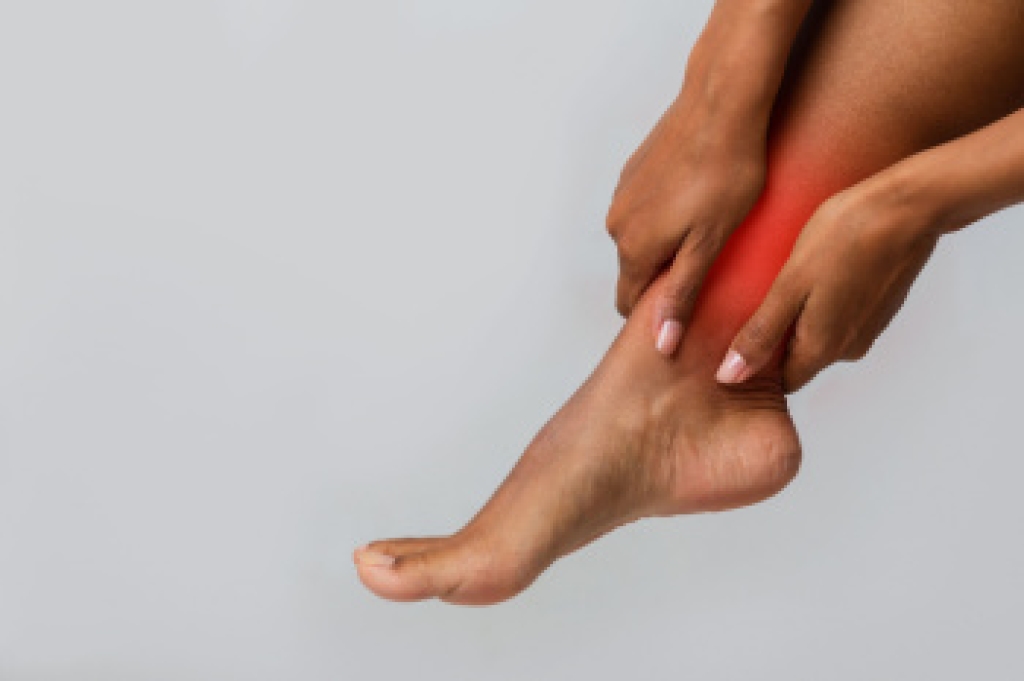
It can be surprising to feel ankle pain when you have not twisted, fallen, or had any clear accident. However, sudden discomfort can develop from issues that build quietly over time. Conditions such as tendon inflammation, gout, arthritis, or even nerve irritation can cause swelling and pain without a recent injury. Sometimes, repetitive motion or wearing unsupportive shoes places extra stress on the ankle joint and surrounding ligaments, leading to stiffness or tenderness. Ignoring these early signs can allow the problem to worsen, making walking or standing uncomfortable. A podiatrist can perform a detailed evaluation to identify the true cause of the pain and recommend treatment, such as rest, supportive footwear, targeted exercises, or medication to reduce inflammation. If ankle pain appears suddenly or persists without explanation, it is suggested that you schedule a podiatric visit for a diagnosis and appropriate care.
Ankle pain can be caused by a number of problems and may be potentially serious. If you have ankle pain, consult with one of our podiatrists from Family Foot Health Center. Our doctors will assess your condition and provide you with quality foot and ankle treatment.
Ankle pain is any condition that causes pain in the ankle. Due to the fact that the ankle consists of tendons, muscles, bones, and ligaments, ankle pain can come from a number of different conditions.
Causes
The most common causes of ankle pain include:
- Types of arthritis (rheumatoid, osteoarthritis, and gout)
- Ankle sprains
- Broken ankles
- Achilles tendonitis
- Achilles tendon rupture
- Stress fractures
- Bursitis
- Tarsal tunnel syndrome
- Plantar fasciitis
Symptoms
Symptoms of ankle injury vary based upon the condition. Pain may include general pain and discomfort, swelling, aching, redness, bruising, burning or stabbing sensations, and/or loss of sensation.
Diagnosis
Due to the wide variety of potential causes of ankle pain, podiatrists will utilize a number of different methods to properly diagnose ankle pain. This can include asking for personal and family medical histories and of any recent injuries. Further diagnosis may include sensation tests, a physical examination, and potentially x-rays or other imaging tests.
Treatment
Just as the range of causes varies widely, so do treatments. Some more common treatments are rest, ice packs, keeping pressure off the foot, orthotics and braces, medication for inflammation and pain, and surgery.
If you have any questions please feel free to contact our office located in Rogers and Berryville, AR . We offer the newest diagnostic tools and technology to treat your foot and ankle needs.
Relieving Pain on the Top of the Foot
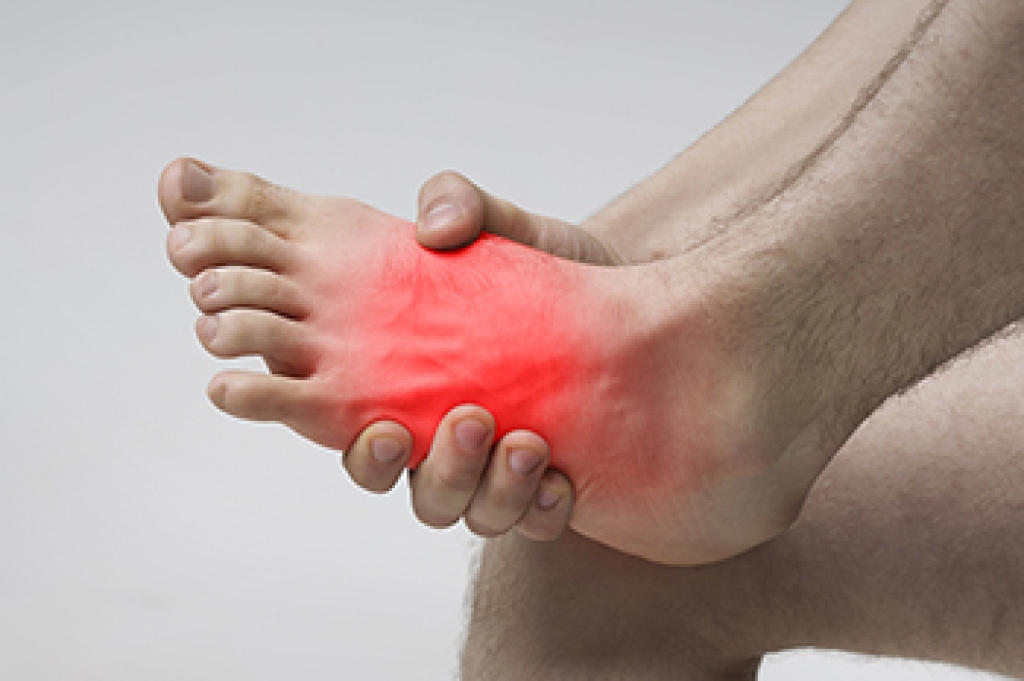
Pain on the top of the foot can make walking and wearing shoes difficult. It may result from overuse, tendon inflammation, arthritis, nerve irritation, or wearing ill-fitting footwear. Sometimes the discomfort begins gradually and worsens with activity or pressure from tight laces or shoes. A podiatrist can evaluate the source of the pain through a physical exam and imaging if needed, then create a treatment plan tailored to your needs. Options may include rest, custom orthotics, stretching exercises, and supportive footwear to ease strain on the affected area. Addressing the problem early helps prevent further injury and restores comfort with movement. If you experience persistent pain, swelling, or tenderness on the top of your foot, it is suggested you schedule an appointment with a podiatrist for appropriate treatment solutions.
Foot Pain
Foot pain can be extremely painful and debilitating. If you have a foot pain, consult with one of our podiatrists from Family Foot Health Center. Our doctors will assess your condition and provide you with quality foot and ankle treatment.
Causes
Foot pain is a very broad condition that could be caused by one or more ailments. The most common include:
- Bunions
- Hammertoes
- Plantar Fasciitis
- Bone Spurs
- Corns
- Tarsal Tunnel Syndrome
- Ingrown Toenails
- Arthritis (such as Gout, Rheumatoid, and Osteoarthritis)
- Flat Feet
- Injury (from stress fractures, broken toe, foot, ankle, Achilles tendon ruptures, and sprains)
- And more
Diagnosis
To figure out the cause of foot pain, podiatrists utilize several different methods. This can range from simple visual inspections and sensation tests to X-rays and MRI scans. Prior medical history, family medical history, and any recent physical traumatic events will all be taken into consideration for a proper diagnosis.
Treatment
Treatment depends upon the cause of the foot pain. Whether it is resting, staying off the foot, or having surgery; podiatrists have a number of treatment options available for foot pain.
If you have any questions, please feel free to contact our office located in Rogers and Berryville, AR . We offer the newest diagnostic and treatment technologies for all your foot care needs.
